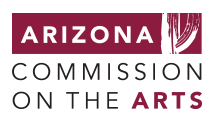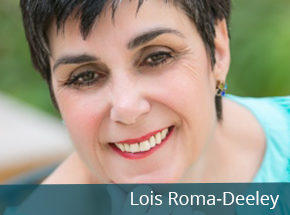Each year the Arizona Commission on the awards Arts Artist Research and Development Grants to artists in all disciplines in support of the advancement of artistic research, the development of artistic work, and in recognition of the contributions individual artists make to Arizona’s communities. Today, March 8, 2017, we’re proud to feature these 28 grantees from the past three years.
2017 Artist Research & Development Grant Recipients

Rachel Bess will take four months in 2017 to study the science and techniques of underpainting, overpainting and glazing of which very little accurate, in-depth information is currently being shared or used.

Amy Carpenter, along with her collaborator, Stacey Hanlon, will explore improvisation as a viable medium to improve the quality of life for those with Autism Spectrum Disorder (ASD).

Julie Comnick’s “Arrangement for a Silent Orchestra” is a painting and video project exploring the dissolution of culture in contemporary society through the symbolic ruin of a personal and cultural icon, the violin.
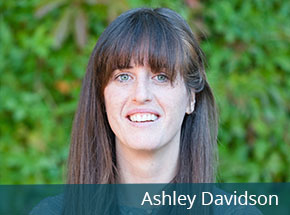
Ashley Davidson will complete a comedic epistolary novel, “A Daring Undertaking,” chronicling the experiment of introducing camels to the Americas. She has already begun researching and drafting sections of the novel, which will examine Arizona’s frontier mythos, treatment of Native populations, and relationship to the land and its resources over 80 years of Arizona history.

Danielle Foushée’s long-term goal is to create a half-size model for a modular community shade shelter that incorporates translucent, weather-proof, resin paintings that are embedded into large-scale, three-dimensional, geometric forms. The final product will be used as a maquette for use in public art proposals and meetings with community members and commissioning agencies.
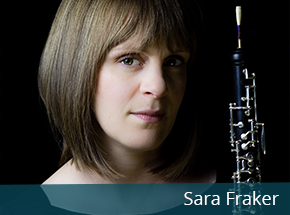
Sara Fraker will commission, perform and record a new piece of music composed by Asha Srinivasan. Drawing upon ideas from the emerging field of ecomusicology, the project will explore the intersection of environmental sustainability, soundscape ecology and musical performance.
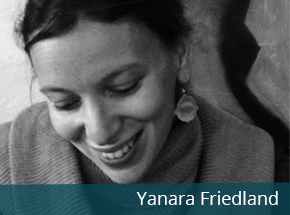
Yanara Friedland received funding toward the completion of Groundswell, a book-length manuscript that will present a chorographic map (comprised by text) of two borderlands: the historical border region of her country of birth Germany/Poland and the borderlands of her current home in the Sonoran Desert.

Johanna Lundy will create a recording of solo music for horn and perform several coordinated outreach concerts across Arizona. The project will contribute much-needed recordings to the brass world, including two brand new works by Arizona composers.

Yvonne Montoya received funding in support of the dance film “Reflections,” a collaboration between choreographer/mother Montoya and film maker Dominic Bonuccelli. Inspired by Montoya’s personal experiences, “Reflections” portrays a day in the life of a working mother, a story not often seen in dance/dance film.
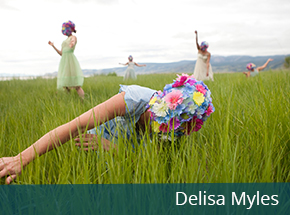
Delisa Myles’ “Intimacy with Disappearance” is a multidisciplinary collaboration among six women, five dancer/choreographers and one photographer/videographer who have a 23 year history of working together. The project juxtaposes geologic time and the comparatively minuscule lifespan of humans.
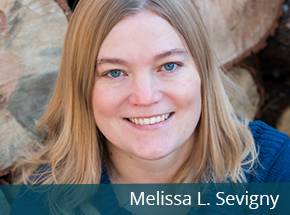
Melissa Sevigny will produce a book-length nonfiction manuscript that explores what it means to make a home in a world defined and reshaped by catastrophic events. She will rely on interviews with scientists and local experts, as well as her own observations, to explore the science of planetary catastrophe and how it relates to our most intimate choices about home and family.

Claire Warden’s Mimesis is an ongoing series of large-scale experimental photographs produced with cameraless processes through which she investigates the abstract nature of identity and personal experiences as an immigrant and person of mixed race.
2016 Artist Research & Development Grant Recipients
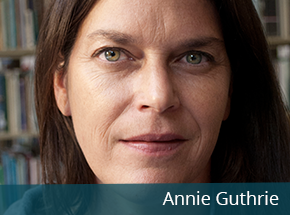
Annie Guthrie (Tucson). Guthrie, a poet and jeweler, received a grant in support of the writing of a book-length lyric memoir comprised of prose, interviews, photography, and poetry. The memoir will chronicle the discoveries of the author as she investigates notions of local and regional “sustainability” as a metaphor for personal and spiritual growth.[

Carla Keaton (Tempe). The daughter of a Mississippi sharecropper, Keaton received funding to complete 16 to 20 paintings, inspired by oral stories, old family photos and her own imagination, comparing the parallel lifestyles of sharecroppers in Hamilton, Mississippi, and Eloy, Arizona during the first half of the 20th century.
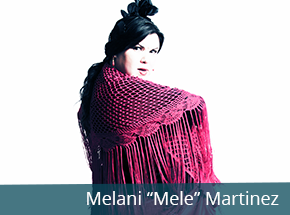
Melani “Mele” Martinez collaborated with fellow dancer and choreographer Fanny Ara to produce a touring flamenco project exploring the labors and joys found in balancing a life as both a mother and an artist. Luz was presented in Tucson, Phoenix, Santa Cruz, California, and Albuquerque, New Mexico.
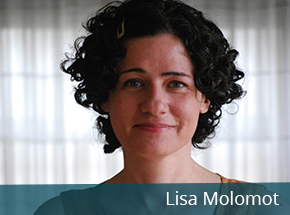
Lisa Molomot (Tucson). Molomot directed The Boy in the Box, a documentary film following the work of a forensic anthropologist working in Texas to reunite families with migrants who died crossing the U.S./Mexican border. Molomot studied experimental filmmaking at the San Francisco Art Institute before moving to Los Angeles to work as a film editor.
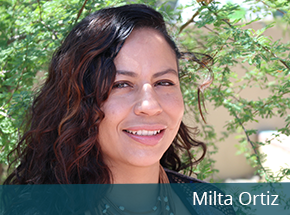
Milta Ortiz (Tucson). Ortiz will adapt short stories from Patricia Preciado Martin’s book, El Milagro and Other Stories, into a shadow puppet theatre play that will travel to parks in south and west Tucson in October, 2016.
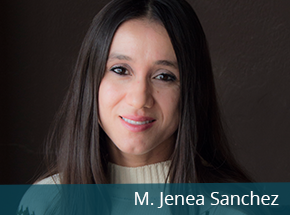
M. Jenea Sanchez (Douglas). Using photography, video, web, and book art, Sanchez produced The Mexican Woman’s Survival Guide in the Southwest – a multi-phase, multi-media work examining and celebrating the survival skills possessed by a group of contemporary Mexican women living on the U.S./Mexico border.
2015 Artist Research & Development Grant Recipients

Susan Bendix adapted and integrated techniques used in choreography, improvisation and ritual to develop a movement-based curriculum for use with people experiencing grief or loss, as a means for the intense energy of grief to take expressive form.

Wendy Burk’s Lines for Echolocation uses poetry to investigate various places “as a bat uses blips of sonar.” Employing an unusual site-based technique, Burk will compose and perform poems “in the field,” each line of which will then be made freely available for anyone to adapt and reuse as they wish.

Through an interdisciplinary performance project featuring elements of circus, trained physical performance, and multimedia, Geneva Foster Gluck deconstructed the genre and traditional narrative of the Western in her stage production Geometry of the West.

To develop a model and platform for bridging dance scenes, the public, musicians, and young people, Leah Roman and her dance partner Rae Rae collaborated with, interviewed, and observed local representatives of the choreography and freestyle scene over the course of 2015 -2016.
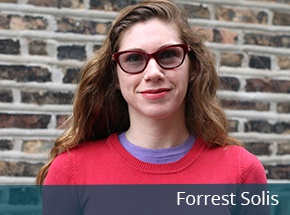
Forrest Solis completed a series of paintings titled the L&D Day Series, expanding her discipline of figure painting into the realm of installation and audio documentary, archiving recordings of women telling their stories of labor and delivery.
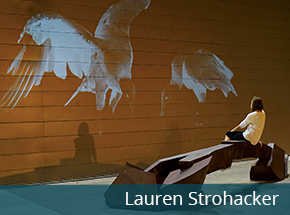
With their grant Kendra Sollars and Lauren Strohacker expanded the scope of their ongoing Animal Land project, wherein larger-than-life video projections of wild animals are directed onto and within urban spaces. The grant enabled Sollars and Strohacker to incorporate more sophisticated projection techniques and interactive technologies into their work.

